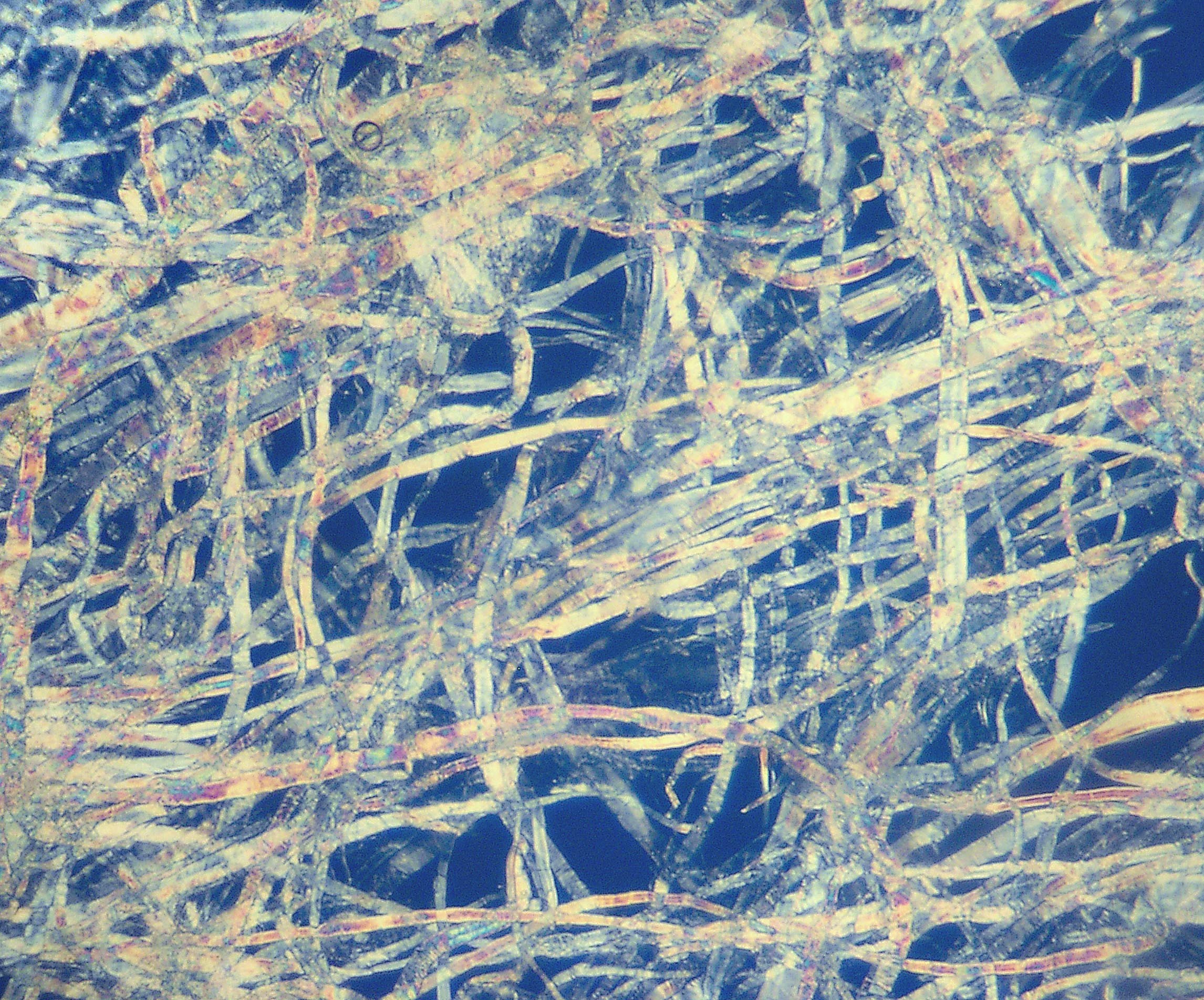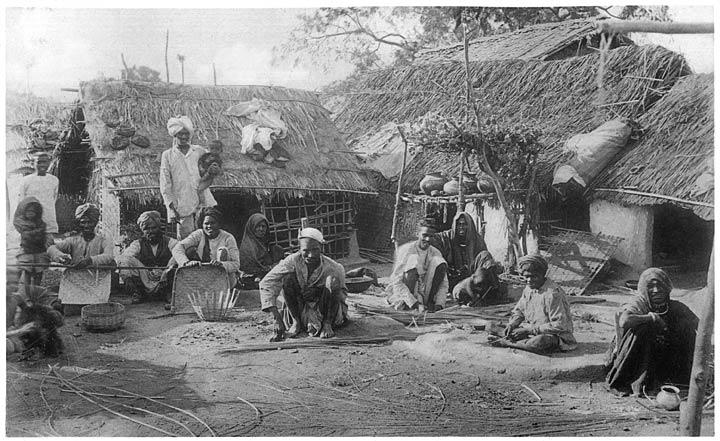|
Mischocyttarus Drewseni
''Mischocyttarus drewseni'', which is sometimes spelled "drewsenii", is a social wasp in the family Vespidae. It is commonly found in Neotropical regions of South America, including Brazil, Peru, Venezuela, Colombia and Paraguay. This mid-sized wasp is about 1.5-1.8 cm and is typically dark brown or black in color. This species makes their nests out of woody plant fibers and create single combed nests with hexagonal cells which are typically found in low lying grass habitats or semi-urban environments. The colony cycle for this species is initiated by the queen who starts building the nest cell by cell. The nest construction process is highly elaborate and involves foraging for materials, creating cells, and heightening cell walls. It feeds on arthropods, plant nectar, and honeydew, and the species is very protective of its brood when it comes to defending them from their predators. The life cycle of this species has several stages with varying lengths, including egg, larval, ... [...More Info...] [...Related Items...] OR: [Wikipedia] [Google] [Baidu] |
Henri Louis Frédéric De Saussure
Henri Louis Frédéric de Saussure (; ; 27 November 1829 – 20 February 1905) was a Swiss people, Swiss mineralogist, taxonomist and entomologist specialising in studies of hymenopteroid and Polyneoptera, orthopteroid insects. Education, career and family Saussure's family was Christian Protestant, originating in Lorraine . His elementary education was at Alphonse Briquet's school and then, as an adolescent, at the Hofwyl school directed by Philipp Emanuel von Fellenberg. He attended the University of Geneva where he was taught by François Jules Pictet de la Rive, who introduced him to entomology. After several years of study in Paris he received the degree of licentiate of the Faculty of Paris and obtained the degree of Doctor from the University of Giessen. His work concerned mainly the Hymenoptera and Orthoptera, sometime Mtriapoda. His first paper, in 1852, concerned solitary wasps. In 1854 he traveled to the West Indies, then to Mexico and the United States of America ... [...More Info...] [...Related Items...] OR: [Wikipedia] [Google] [Baidu] |
Vespinae
The subfamily Vespinae contains the largest and best-known groups of eusocial wasps, including true hornets (the genus ''Vespa''), and the "yellowjackets" (genera ''Dolichovespula'' and ''Vespula''). The remaining genus, '' Provespa'', is a small, poorly known group of nocturnal wasps from Southeast Asia. One genus, '' Palaeovespa'', has been described the Paleocene to Eocene fossil records of North America and Europe. Collectively, the group can be found on all continents except Antarctica, and several of these wasps are invasive species An invasive species is an introduced species that harms its new environment. Invasive species adversely affect habitats and bioregions, causing ecological, environmental, and/or economic damage. The term can also be used for native spec ..., introduced beyond their native ranges, and can be major pests. References Vespidae Biological pest control wasps Extant Eocene first appearances Apocrita subfamilies Taxa named by ... [...More Info...] [...Related Items...] OR: [Wikipedia] [Google] [Baidu] |
Pulp (paper)
Pulp is a fibrous Lignocellulosic biomass, lignocellulosic material prepared by chemically, semi-chemically, or mechanically isolating the cellulose fiber, cellulosic fibers of wood, fiber crops, Paper recycling, waste paper, or cotton paper, rags. Mixed with water and other chemicals or plant-based additives, pulp is the major raw material used in papermaking and the industrial production of other Pulp and paper industry, paper products. History Before the widely acknowledged invention of papermaking by Cai Lun in China around AD 105, paper-like writing materials such as papyrus and amate were produced by ancient civilizations using plant materials which were largely unprocessed. Strips of Bark (botany), bark or Bast fibre, bast material were woven together, beaten into rough sheets, dried, and polished by hand. Pulp used in modern and traditional papermaking is distinguished by the process which produces a finer, more regular slurry of cellulose fibers which are pulled out of ... [...More Info...] [...Related Items...] OR: [Wikipedia] [Google] [Baidu] |
Caste
A caste is a Essentialism, fixed social group into which an individual is born within a particular system of social stratification: a caste system. Within such a system, individuals are expected to marry exclusively within the same caste (endogamy), follow lifestyles often linked to a particular occupation, hold a ritual status observed within a hierarchy, and interact with others based on cultural notions of social exclusion, exclusion, with certain castes considered as either more pure or more polluted than others. The term "caste" is also applied to morphological groupings in eusocial insects such as ants, bees, and termites#caste, termites. The paradigmatic ethnographic example of caste is the division of India's Hinduism, Hindu society into rigid social groups. Its roots lie in South Asia's ancient history and it still exists; however, the economic significance of the caste system in India seems to be declining as a result of urbanisation and affirmative action programs. ... [...More Info...] [...Related Items...] OR: [Wikipedia] [Google] [Baidu] |
Pupae
A pupa (; : pupae) is the life stage of some insects undergoing transformation between immature and mature stages. Insects that go through a pupal stage are holometabolous: they go through four distinct stages in their life cycle, the stages thereof being egg, larva, pupa, and imago. The processes of entering and completing the pupal stage are controlled by the insect's hormones, especially juvenile hormone, prothoracicotropic hormone, and ecdysone. The act of becoming a pupa is called pupation, and the act of emerging from the pupal case is called eclosion or emergence. The pupae of different groups of insects have different names such as ''chrysalis'' for the pupae of butterflies and ''tumbler'' for those of the mosquito family. Pupae may further be enclosed in other structures such as cocoons, nests, or shells. Position in life cycle The pupal stage follows the larval stage, or in some cases a prepupal stage, and precedes adulthood ('' imago'') in insects with compl ... [...More Info...] [...Related Items...] OR: [Wikipedia] [Google] [Baidu] |
Larvae
A larva (; : larvae ) is a distinct juvenile form many animals undergo before metamorphosis into their next life stage. Animals with indirect developmental biology, development such as insects, some arachnids, amphibians, or cnidarians typically have a larval phase of their Biological life cycle, life cycle. A larva's appearance is generally very different from the adult form (''e.g.'' caterpillars and butterfly, butterflies) including different unique structures and organs that do not occur in the adult form. Their diet may also be considerably different. In the case of smaller primitive arachnids, the larval stage differs by having three instead of four pairs of legs. Larvae are frequently adapted to different environments than adults. For example, some larvae such as tadpoles live almost exclusively in aquatic environments but can live outside water as adult frogs. By living in a distinct environment, larvae may be given shelter from predators and reduce competition for res ... [...More Info...] [...Related Items...] OR: [Wikipedia] [Google] [Baidu] |
Sociobiology
Sociobiology is a field of biology that aims to explain social behavior in terms of evolution. It draws from disciplines including psychology, ethology, anthropology, evolution, zoology, archaeology, and population genetics. Within the study of human society , societies, sociobiology is closely allied to evolutionary anthropology, human behavioral ecology, evolutionary psychology, and sociology. Sociobiology investigates social behaviors such as mating system , mating patterns, territoriality , territorial fights, pack hunter , pack hunting, and the hive society of social insects. It argues that just as selection pressure led to animals evolving useful ways of interacting with the natural environment, so also it led to the genetic evolution of advantageous social behavior. While the term "sociobiology" originated at least as early as the 1940s; the concept did not gain major recognition until the publication of E. O. Wilson's book ''Sociobiology: The New Synthesis'' in 1975. The ... [...More Info...] [...Related Items...] OR: [Wikipedia] [Google] [Baidu] |
Argentina
Argentina, officially the Argentine Republic, is a country in the southern half of South America. It covers an area of , making it the List of South American countries by area, second-largest country in South America after Brazil, the fourth-largest country in the Americas, and the List of countries and dependencies by area, eighth-largest country in the world. Argentina shares the bulk of the Southern Cone with Chile to the west, and is also bordered by Bolivia and Paraguay to the north, Brazil to the northeast, Uruguay and the South Atlantic Ocean to the east, and the Drake Passage to the south. Argentina is a Federation, federal state subdivided into twenty-three Provinces of Argentina, provinces, and one autonomous city, which is the federal capital and List of cities in Argentina by population, largest city of the nation, Buenos Aires. The provinces and the capital have their own constitutions, but exist under a Federalism, federal system. Argentina claims sovereignty ov ... [...More Info...] [...Related Items...] OR: [Wikipedia] [Google] [Baidu] |
Suriname
Suriname, officially the Republic of Suriname, is a country in northern South America, also considered as part of the Caribbean and the West Indies. It is a developing country with a Human Development Index, high level of human development; its economy of Suriname, economy is heavily dependent on its abundant Natural resource, natural resources, namely bauxite, gold, petroleum, and Agriculture, agricultural products. Suriname is a member of the Caribbean Community (CARICOM), the United Nations, the Organisation of Islamic Cooperation and the Organization of American States. Situated Tropics, slightly north of the equator, over 90% of its territory is covered by rainforest, List of countries by forest area (percentage), the highest proportion of forest cover in the world. Borders of Suriname, Suriname is bordered by the Atlantic Ocean to the north, French Guiana to the east, Guyana to the west, and Brazil to the south. It is List of South American countries by area, the smalles ... [...More Info...] [...Related Items...] OR: [Wikipedia] [Google] [Baidu] |
Guyana
Guyana, officially the Co-operative Republic of Guyana, is a country on the northern coast of South America, part of the historic British West Indies. entry "Guyana" Georgetown, Guyana, Georgetown is the capital of Guyana and is also the country's largest city. Guyana is bordered by the Atlantic Ocean to the north, Brazil to the south and southwest, Venezuela to the west, and Suriname to the east. With a land area of , Guyana is the third-smallest sovereign state by area in mainland South America after Uruguay and Suriname, and is the List of South American countries by population, second-least populous sovereign state in South America after Suriname; it is also List of countries and dependencies by population density, one of the least densely populated countries on Earth. The official language of the country is English language, English, although a large part of the population is bilingual in English and the indigenous languages. It has a wide variety of natural habitats and ... [...More Info...] [...Related Items...] OR: [Wikipedia] [Google] [Baidu] |
Spiracle (arthropods)
A spiracle or stigma is the opening in the exoskeletons of insects, myriapods, velvet worms and many arachnids to allow air to enter the trachea. Insect respiratory system differs from vertebrates'. The circulatory system plays a relatively minor role in circulating oxygen and removing carbon dioxide; instead, trachea and air sacs in the insect body allow direct gas exchange, and these tracheal tubes eventually connect to the external environment via spiracles. In most species, the spiracles are controlled by motor neurons in the central nervous system. It can be opened and closed in an efficient manner to admit air while minimizing associated physiological costs, such as water loss during respiration. Many sensory stimuli can affect the control of spiracles in insects, e.g. chemosensory (carbon dioxide, oxygen, etc.) or mechanosensory (sound, touch, etc.). It has been shown that during metabolically intensive behaviors, such as flight, insects can dynamically modulate the spir ... [...More Info...] [...Related Items...] OR: [Wikipedia] [Google] [Baidu] |
Epiponini
The Epiponini (formerly known as Polybiini) are a large and diverse tribe of social wasps inhabiting the Neotropical region, with some species' ranges extending into the Nearctic The Nearctic realm is one of the eight biogeographic realms constituting the Earth's land surface. The Nearctic realm covers most of North America, including Greenland, Central Florida, and the highlands of Mexico. The parts of North America ... region. Selected species * '' Apoica pallens'' * '' Leipomeles dorsata'' * '' Parachartergus apicalis'' * '' Parachartergus colobopterus'' * '' Polybia sericea'' * '' Protopolybia exigua'' * '' Synoeca cyanea'' * '' Brachygastra mellifica'' References Vespidae Hymenoptera tribes {{Vespidae-stub ... [...More Info...] [...Related Items...] OR: [Wikipedia] [Google] [Baidu] |





